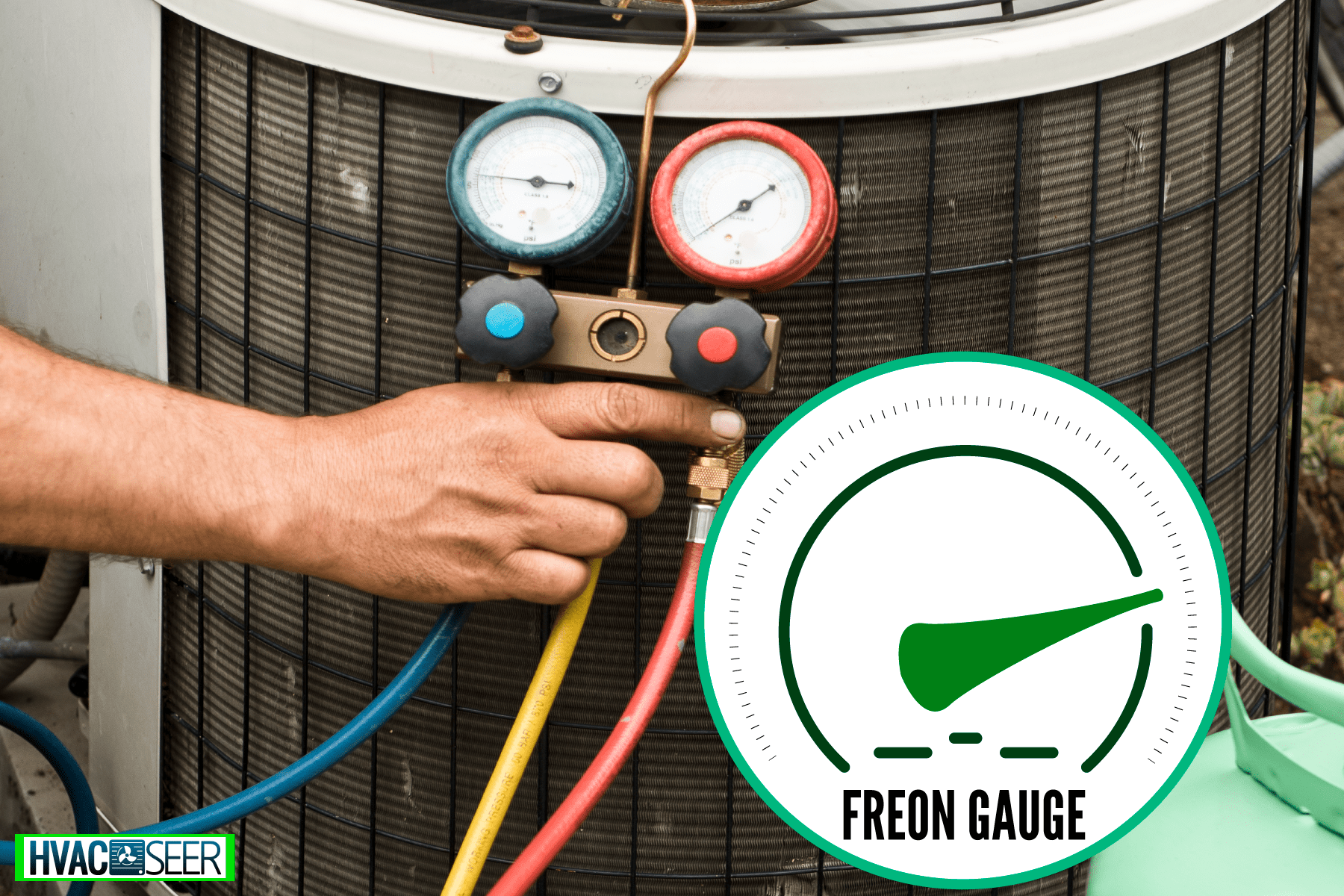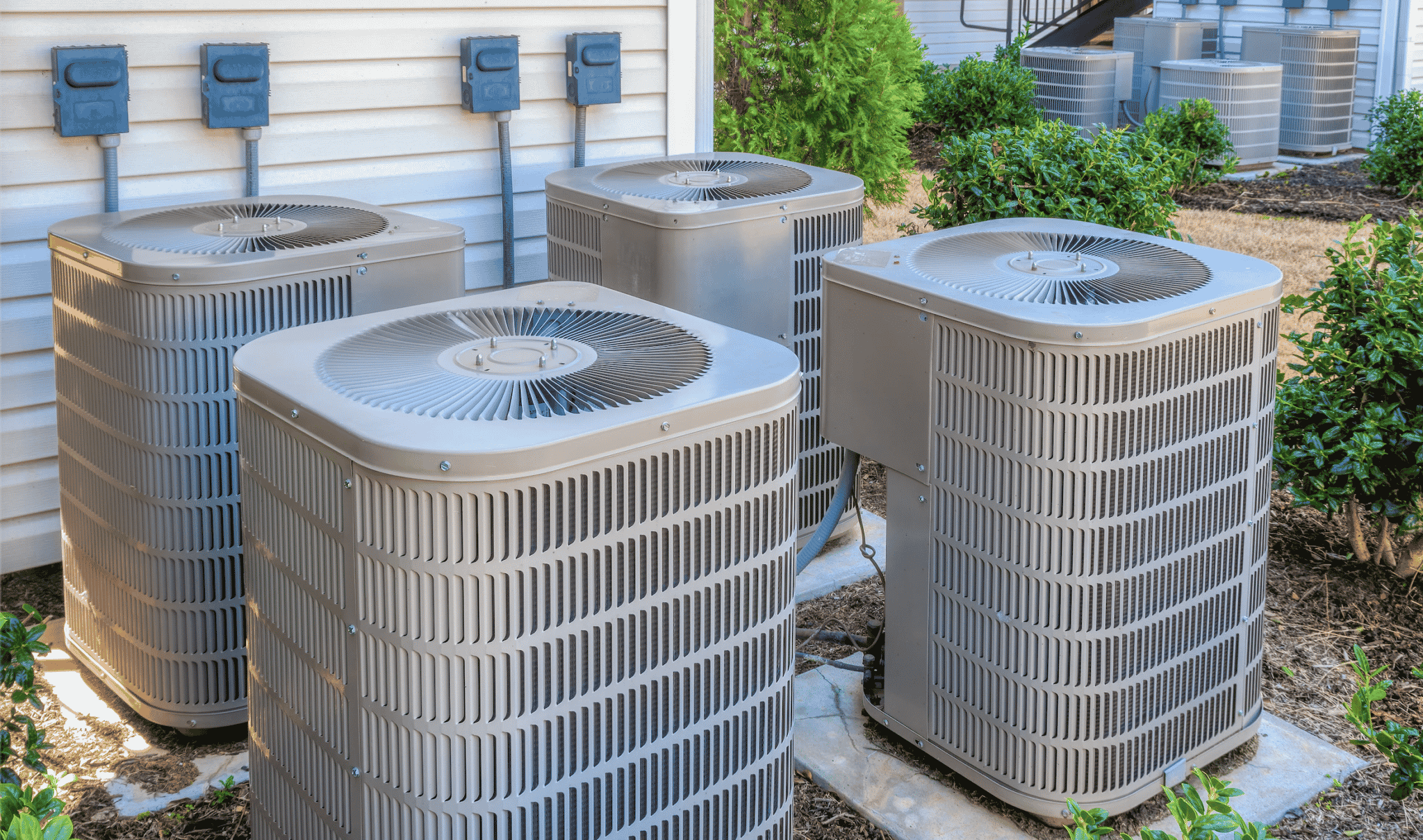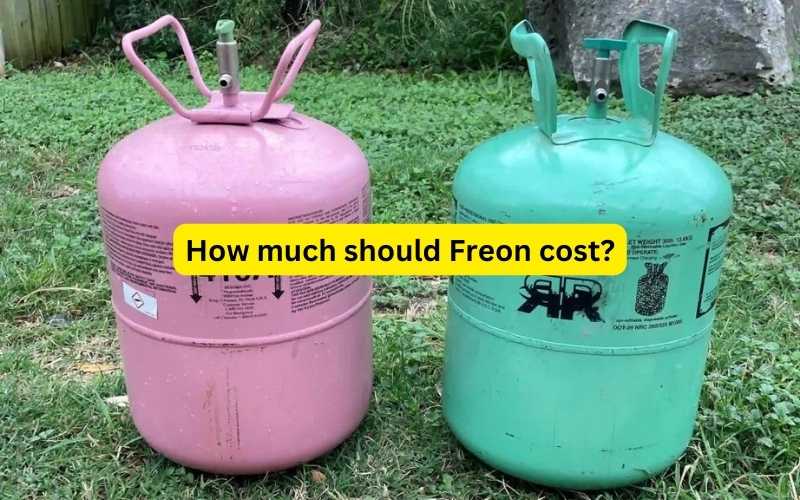How Much Does Freon Cost For Central Air

Understanding the cost of Freon (more accurately referred to as refrigerant) for your central air conditioning system is crucial for responsible homeownership. Prices can vary significantly based on several factors, and knowing these factors empowers you to make informed decisions about AC repairs and maintenance. This guide will break down the costs involved, explain why prices fluctuate, and offer tips for saving money.
What is Refrigerant and Why Does My AC Need It?
First, let's clarify what we're talking about. Many people still use the term "Freon" generically, but Freon is actually a brand name owned by Chemours. It refers to specific types of refrigerants, particularly R-22, which has been phased out due to its environmental impact. Think of refrigerant as the "blood" of your AC system, carrying heat from inside your home to the outside.
Your air conditioner works through a cycle of refrigerant evaporation and condensation. The refrigerant absorbs heat as it evaporates inside your home, cooling the air that's blown through your vents. Then, the refrigerant is compressed and releases the absorbed heat outside, returning to its liquid state to repeat the cycle. Without enough refrigerant, your AC system can't effectively cool your home.
Factors Influencing Refrigerant Cost
Several factors contribute to the cost of refrigerant for your central AC unit. Understanding these factors will help you understand why the price can vary.
1. Type of Refrigerant
The type of refrigerant your system uses is a primary driver of cost. Here's a breakdown:
- R-22: As mentioned, R-22 has been phased out in most countries due to its ozone-depleting properties. Because it's no longer produced, the existing supply is dwindling, making it extremely expensive. If your AC system uses R-22 and needs a refrigerant recharge, you're likely facing a significant cost. Often, it's more economical to replace the entire system with one that uses a more modern refrigerant.
- R-410A (Puron): R-410A is a common refrigerant used in newer AC systems. It's more environmentally friendly than R-22, but it's still being phased down in favor of even more sustainable options. Consequently, its price is gradually increasing. While less expensive than R-22 currently, expect its price to rise over time.
- R-32: R-32 is gaining popularity as a next-generation refrigerant with a lower global warming potential than R-410A. It is not yet widely available in all markets, its price remains competitive and it is increasingly considered for new AC installations.
- R-454B: Another next-generation refrigerant is gaining traction. It is a blend that has an even lower global warming potential.
The phase-down schedule of various refrigerants significantly impacts their prices. As supplies decrease, costs tend to increase.
2. Amount of Refrigerant Needed
The amount of refrigerant needed depends on the size of your AC system and the extent of the leak (if any). AC systems are charged with a specific amount of refrigerant, measured in pounds. A larger system generally requires more refrigerant, and a larger leak requires more to be replaced.
3. Labor Costs
Labor costs are a significant portion of the overall expense. This includes the technician's time to diagnose the problem, locate the leak (if present), repair the leak (if possible), evacuate the system, and recharge it with the appropriate refrigerant. Labor rates vary depending on your location and the HVAC company you choose.
4. Leak Detection and Repair
If your AC system is low on refrigerant, it almost always indicates a leak. Simply adding more refrigerant without addressing the leak is a temporary fix that will eventually lead to the same problem. Leak detection can add to the overall cost, as technicians may use specialized equipment to pinpoint the source of the leak. Repairing the leak is essential and will also contribute to the final cost. The complexity of the repair will influence the labor hours needed.
5. Geographic Location
Prices for refrigerant and labor can vary significantly based on your geographic location. Areas with a higher cost of living generally have higher labor rates. Also, refrigerant prices can vary depending on local regulations and supply.
6. HVAC Company
Different HVAC companies have different pricing structures. Some companies may charge a flat rate for refrigerant, while others charge by the pound. It's always a good idea to get quotes from multiple companies to compare prices.
Estimating the Cost of Refrigerant
Given the factors above, providing a precise cost estimate is challenging without knowing the specific details of your AC system and the nature of the problem. However, here's a general idea of what you can expect to pay:
- R-22: Due to its phase-out, R-22 can be extremely expensive, often ranging from $100 to $400 or more per pound. The cost will keep rising as supply decreases.
- R-410A (Puron): R-410A typically costs between $30 to $80 per pound. While more affordable than R-22, the price is still subject to change.
- R-32 and R-454B: The price is generally around $20 to $60 per pound but will vary with market prices and availability.
Important Note: These prices are for the refrigerant itself. The total cost will include labor, leak detection (if needed), and leak repair (if needed). A full recharge of refrigerant can easily cost several hundred to over a thousand dollars, especially if a leak needs to be located and repaired.
Potential Scenarios and Associated Costs
To further illustrate potential costs, here are a few possible scenarios:
- Small Leak, R-410A System: Technician identifies and repairs a small leak. Adds 2 pounds of R-410A. Cost: Leak detection ($100-$200) + Repair ($150-$300) + Refrigerant (2 lbs x $50/lb = $100) + Labor ($100-$200) = $450 - $800 (These are estimates and can vary widely).
- Large Leak, R-22 System: Technician identifies a major leak that is not repairable. The system needs complete replacement. Cost: New AC system ($3,000 - $8,000+) + Installation ($1,000 - $3,000+). Recharging with R-22 is likely not a viable option in this case.
- R-410A System, No Leak, Low Refrigerant Due to Age: System simply needs a top-up of refrigerant after years of normal, slight loss. Adds 1 pound of R-410A. Cost: Service Call Fee ($75 - $150) + Refrigerant (1 lb x $50/lb = $50) + Labor ($50 - $100) = $175 - $300 (This assumes no leak and a simple top-up).
How to Save Money on Refrigerant Costs
While you can't control the price of refrigerant itself, you can take steps to minimize your expenses:
- Regular Maintenance: Schedule annual maintenance for your AC system. A technician can identify potential problems early, including small leaks, before they become major issues.
- Prompt Repairs: Don't delay repairs. A small refrigerant leak can quickly become a large leak, leading to more expensive repairs and higher refrigerant costs.
- Get Multiple Quotes: Always get quotes from at least three different HVAC companies before authorizing any work. Compare their prices for refrigerant, labor, and leak detection/repair.
- Consider System Replacement: If your AC system is old (10+ years) and uses R-22, it may be more cost-effective to replace it with a newer, more efficient system that uses R-410A or a newer refrigerant. Over the long term, you'll save money on refrigerant costs and energy bills.
- Ask About Leak Sealants: In some cases, a qualified technician may recommend a refrigerant leak sealant. These products can sometimes seal small leaks, but they're not a universal solution and should only be used with the manufacturer's instructions in mind. Ensure the technician uses a sealant compatible with your system and refrigerant.
When to Call a Professional
You should always call a qualified HVAC technician for any refrigerant-related issues. Handling refrigerant requires specialized equipment and training. It's illegal and dangerous to attempt to handle refrigerant yourself. Look for a licensed and insured HVAC contractor with a good reputation. Improper handling of refrigerant can damage your AC system and harm the environment.
Signs you may need a refrigerant recharge:
- Your AC is not cooling as effectively as it used to.
- Your energy bills are higher than normal.
- You hear a hissing sound coming from your AC unit.
- You see ice forming on the evaporator coil (the indoor part of your AC system).
Conclusion
The cost of refrigerant for your central air conditioning system is influenced by a variety of factors. Understanding these factors empowers you to make informed decisions about AC repairs and maintenance. By taking proactive steps to maintain your system and address problems promptly, you can minimize your expenses and ensure your home stays comfortable year-round. Remember to always work with a qualified HVAC professional for any refrigerant-related issues.










